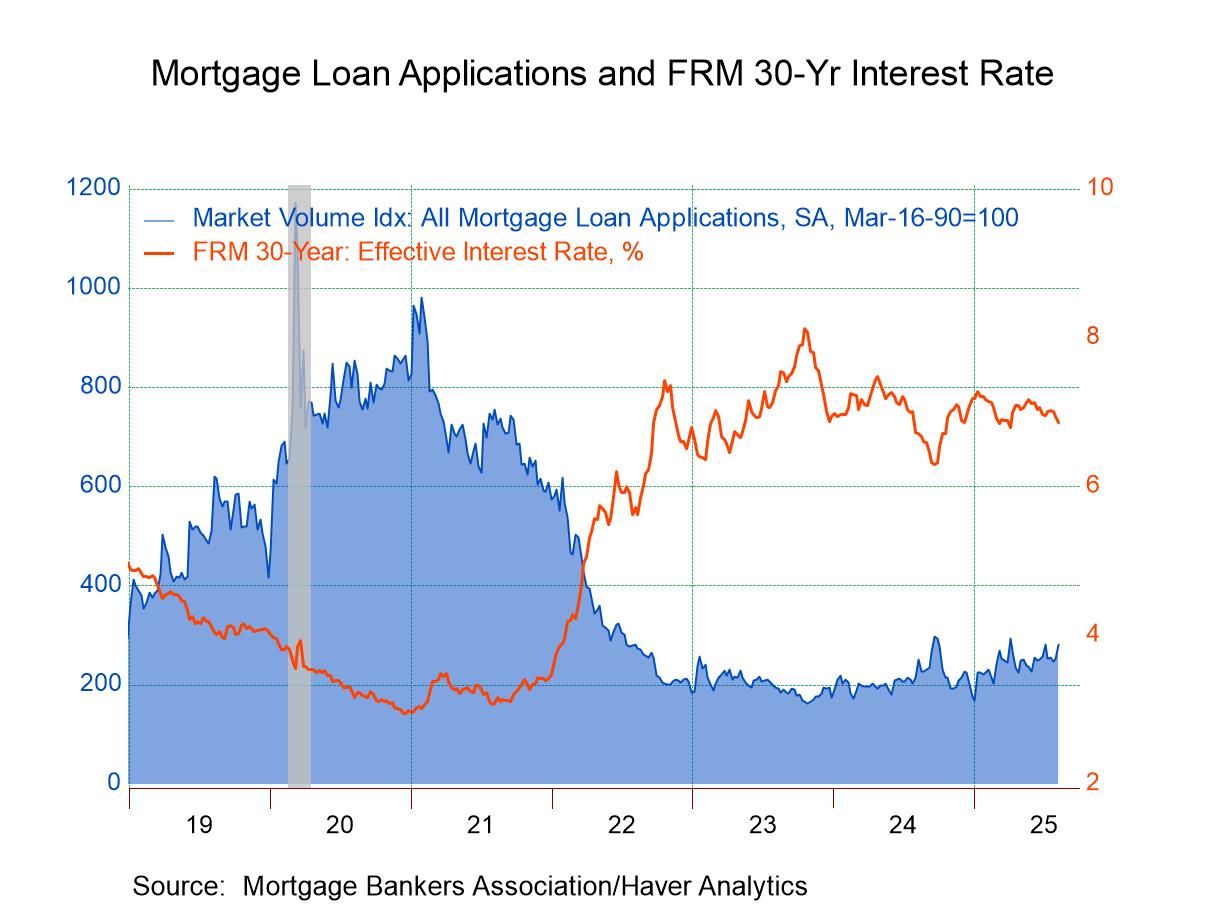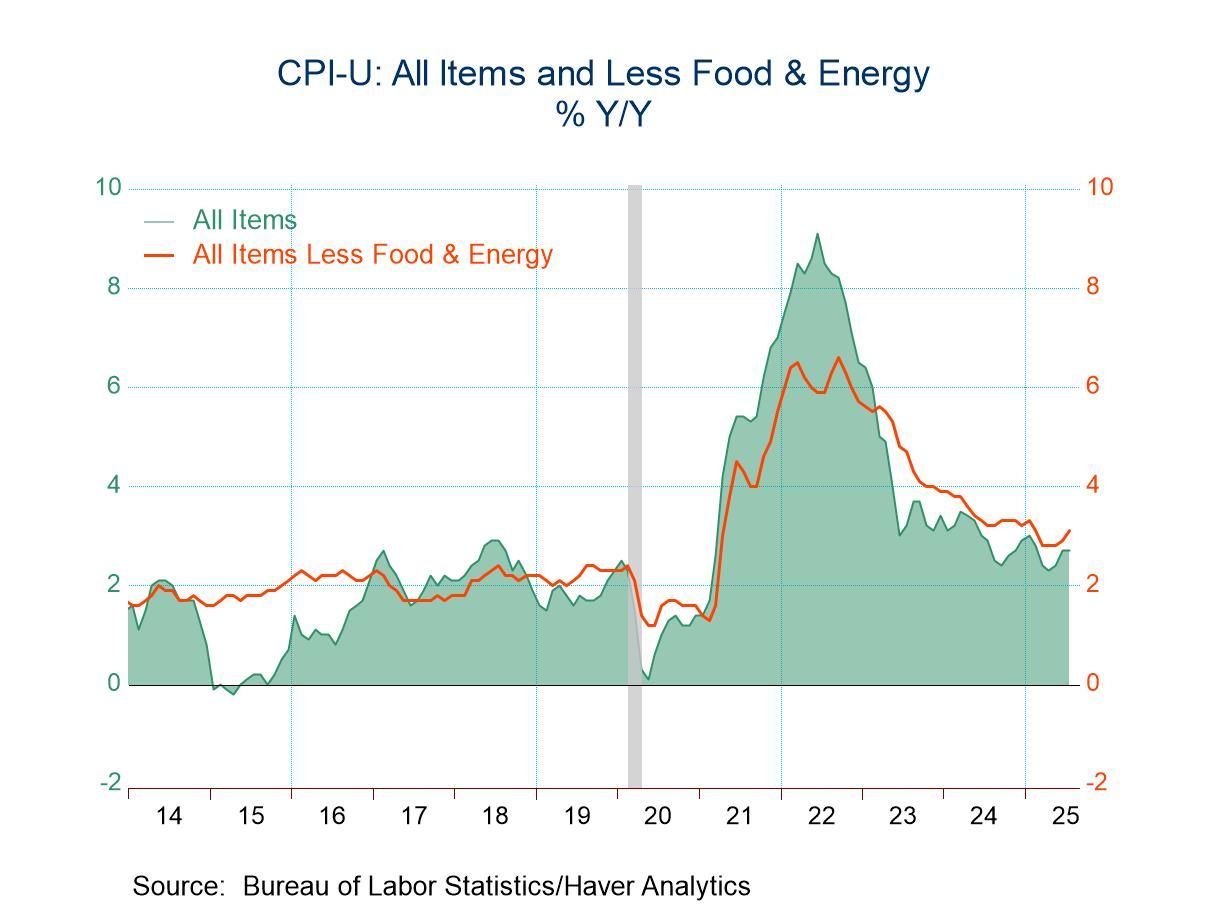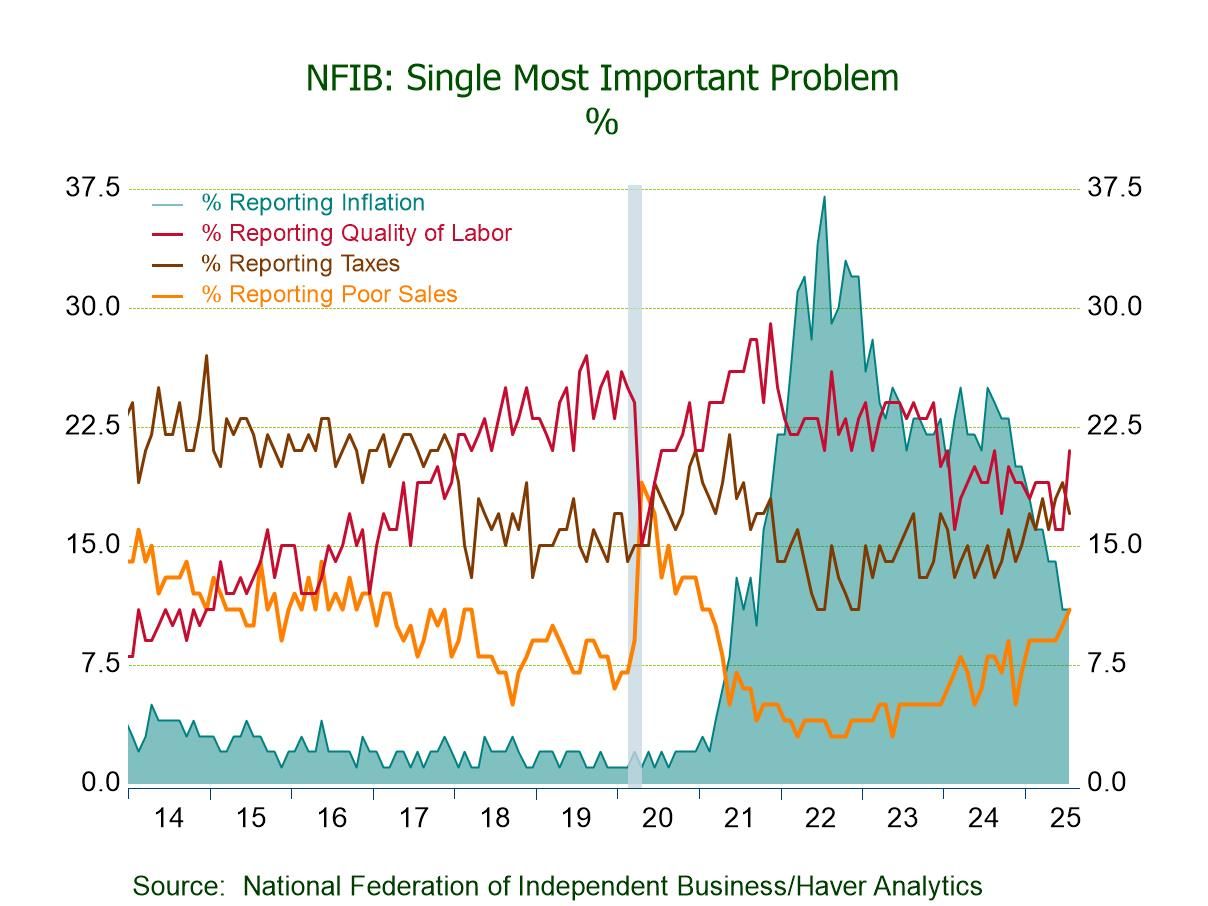 Global| Aug 13 2009
Global| Aug 13 2009U.S. Retail Sales Post Surprising, Across-the-Board Declines
by:Tom Moeller
|in:Economy in Brief
Summary
Price discounting apparently wasn't enough last month to entice consumers to open their wallets and spend. July retail sales slipped 0.1% after an upwardly revised 0.8% June increase that was fueled by higher gasoline prices. The July [...]
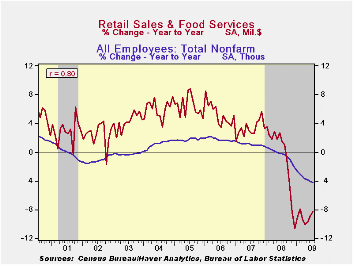
Price discounting apparently wasn't enough last month to entice consumers to open their wallets and spend. July retail sales slipped 0.1% after an upwardly revised 0.8% June increase that was fueled by higher gasoline prices. The July decline in total sales fell well short of expectations for a 0.6% increase. The retail sales data are available in Haver's USECON database.
The "Cash-For-Clunkers" auto sales program was successful in lifting sales of motor vehicles by 2.4% (-7.3% y/y) in dollar terms as unit vehicle sales jumped 15.8% m/m. Without the auto sector, retail sales fell 0.6%.
Elsewhere, gas prices reversed just a piece of earlier increases with a 4.0% (NSA) decline to $2.53 per gallon. As a result, sales of gasoline service stations fell 2.1% after a 6.3% jump during June.
Distortion of the underlying retail spending picture is an obvious result of auto & gasoline sales, but the basic trend is not vibrant. Retail sales excluding both autos and gasoline fell 0.4% (-4.6% y/y) last month for the fifth consecutive monthly decline. Including a strong January, these sales have risen at just a 0.2% annual rate since December following last year's 2.8% 12-month decline.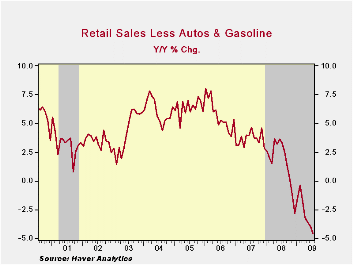
Discretionary spending continued under pressure as the job market remained depressed. Sales at furniture, electronics & appliance stores fell 1.2% (-13.8% y/y) for the fifth consecutive monthly drop. Earlier small monthly gains were revised away. Furniture store sales alone fell 0.9% (-12.9% y/y) while sales of electronics & appliances dropped 1.4% (-14.6% y/y). So far this year, these hard good sales have fallen at a 7.8% annual rate after last year's 4.4% decline. In the soft goods area, apparel store sales increased a slight 0.6% (-7.6% y/y) while sales at general merchandise stores fell 0.8% for the fifth consecutive monthly decline (-4.7% y/y).
Internet and catalogue purchases inched up after a firm June. July sales of non-store retailers rose 0.1% (-5.2% y/y) following an upwardly revised 1.5% jump during June. So far this year sales have risen at a 3.2% rate after rising 2.8% in 2008. Finally, restaurant sales made up their June decline with a 0.4% increase. So far this year they've risen a a 4.0% annual rate.
Building materials sales continued their slump, falling 2.1% last month for the sixth monthly decline this year and they were down at a 9.1% annual rate since December.
Bank Credit Standards from the Federal Reserve Bank of Philadelphia can be found here.
| July | June | May | Y/Y | 2008 | 2007 | 2006 | |
|---|---|---|---|---|---|---|---|
| Retail Sales & Food Services (%) | -0.1 | 0.8 | 0.5 | -8.3 | -0.7 | 3.3 | 5.3 |
| Excluding Autos | -0.6 | 0.5 | 0.2 | -8.5 | 2.5 | 3.9 | 6.3 |
| Less Gasoline | -0.4 | -0.1 | -0.2 | -4.6 | 1.6 | 3.6 | 5.7 |
Tom Moeller
AuthorMore in Author Profile »Prior to joining Haver Analytics in 2000, Mr. Moeller worked as the Economist at Chancellor Capital Management from 1985 to 1999. There, he developed comprehensive economic forecasts and interpreted economic data for equity and fixed income portfolio managers. Also at Chancellor, Mr. Moeller worked as an equity analyst and was responsible for researching and rating companies in the economically sensitive automobile and housing industries for investment in Chancellor’s equity portfolio. Prior to joining Chancellor, Mr. Moeller was an Economist at Citibank from 1979 to 1984. He also analyzed pricing behavior in the metals industry for the Council on Wage and Price Stability in Washington, D.C. In 1999, Mr. Moeller received the award for most accurate forecast from the Forecasters' Club of New York. From 1990 to 1992 he was President of the New York Association for Business Economists. Mr. Moeller earned an M.B.A. in Finance from Fordham University, where he graduated in 1987. He holds a Bachelor of Arts in Economics from George Washington University.



